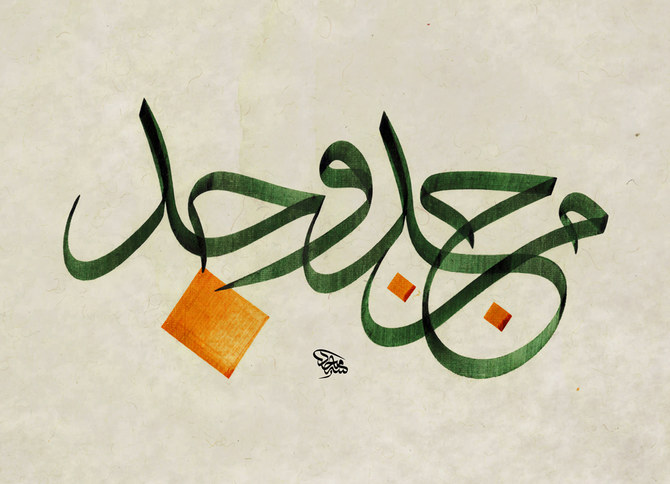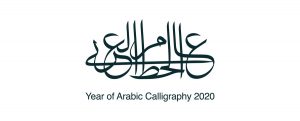
- ARAB NEWS
- 11 Jul 2025

Arab News
DUBAI: People’s criticism can sometimes hold you back, but this wasn’t the case for Dubai-based calligraphy artist Majid Al-Yousef.
Al-Yousef’s journey started in elementary school, when his teacher “triggered” him because his handwriting “wasn’t the best,” he said in an interview with Arab News.
It was then that Al-Yousef chose to develop his skills and “enter the world of calligraphy.”
“I used to do drawings and pattern making and design, even before that, as a hobby,” he said. “And I think that helped me a lot in understanding the correlation between the hand and the eye and how to do visual art in general.”
According to the artist, calligraphy depends on the “anatomy” of the letters, the words and their compositions, along with other design related disciplines. “And I think tolerating that to express a specific message or a specific mood… needs a lot of study and experience,” he explained.
Al-Yousef received his bachelor’s degree in fine arts from Iraq. He then pursued his master’s degree in the US and that gave him “a bigger chance to learn more about both the history of art and design.”
“That opened up so many horizons to me, especially studying bauhaus, cubism, analytical cubism and futurism, and these movements,” the calligrapher said. “And I think my main interest at that time was trying to apply these philosophies (to) calligraphy or calligraphy forms.”
Because of his background, the talent thinks one should learn the basics of calligraphy before pursuing a career in this art. “Because otherwise we end up — like the situation now — with a lot of practice, but very low-quality outwork,” he explained.
“And that is a serious issue in the long term. First, we’re going to have so many people who practice something that no one can even evaluate. So, it’s going to lose its value,” the artist added.
But, he believes it is a good practice to use calligraphy in different forms and applications, like in calligraffiti and other digital forms.
